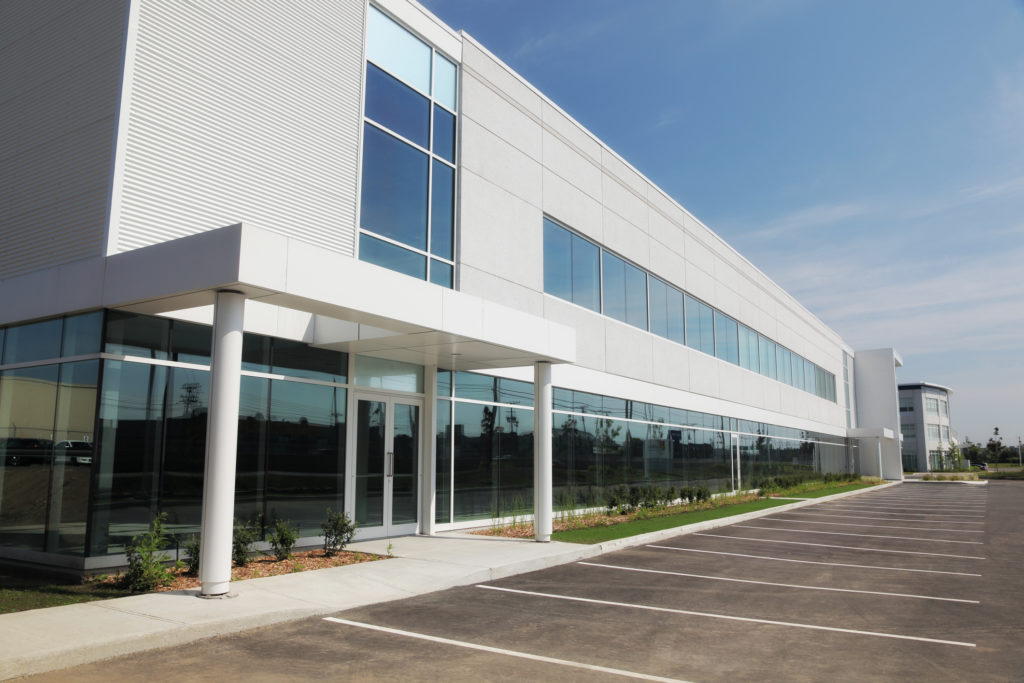Features from GlobeSt.
Like all of business, nothing is certain, but some pros are eyeing the conditions and readying themselves for an unwelcome surprise.
By Erik Sherman | June 10, 2022
Years ago, there was a novel called Been Down So Long It Looks Like Up to Me. Could it be time for a commercial real estate sequel: Been Up So Long It’s Bound to Look Down?

Between possible early signs of a recession, commercial property sales beginning to slow, and increasing financing costs and pressures, there’s the natural question of how long elevated prices can last.
“The debt capital markets are in the driver’s seat,” Nitin Chexal, CEO of Palladius Capital Management, tells GlobeSt.com. “Leverage is falling, and interest rates are rising. Prices have only one way to go in the short term: down. It may take some time for sellers to acknowledge this sea change, but it is coming.”
The “increase in financing costs for CRE investments and development have not yet been matched by corresponding reductions in the pricing expectations of sellers of CRE properties and development sites,” Eric Maribojoc, director of the Center for Real Estate Entrepreneurship at George Mason University School of Business, tells GlobeSt.com. But pent-up consumer demand and accumulated savings “will in turn delay any slowdown in rent income and space demand for CRE which is what leads to declining values.”
Adil Hasan, director of real estate at Yieldstreet, sees multifamily as stronger given “record transaction volume and value appreciation post-covid” fueled by low financing rates and massive investor capital inflows. “Yieldstreet does expect the rent growth to slow down eventually over the next year or two but the previously realized rent and net income growth would stabilize the property at attractive yield on cost,” he says.
But “buyers requiring high levels of leverage have become less aggressive and sellers are increasingly preferencing buyers” who don’t depend on financing, says Nick Stein, managing director of portfolio management at Sentinel Real Estate Corporation.
Office could feel more pain, given data and insights into changing corporate use of offices. “There are weekly anecdotal reports of companies cutting back expansion plans and /or reducing their square footage,” says Harold Bordwin, principal and co-president of Keen-Summit Capital Partners. “The implications of this drop in property values will be profound.”
Michael Silver, CEO of Vestian, agrees. “The competition for tenant renewals, lease extensions and relocations is becoming more fierce every day,” he says. Many owners have jacked up tenant concessions by 50% over those of six months ago. “The total net effective rent is going down by 20-30%, interest rates are rising and prices for CRE will also drop 20-30%.”
On the industrial front is news that Amazon would drop about 10 million square feet of warehouse space. “In my personal opinion this is where the pendulum swung too far one way,” says Grant Pruitt, president and co-founder of Whitebox Real Estate. “Two of the three big drivers of demand in industrial real estate were increased e-commerce demand and the need for increased inventory levels to mitigate shortages.” While stores are open again, Pruitt sees e-commerce as continuing its growth, and also thinks that concerns about office might be overstated.
In general, “there is some concern about construction costs and whether rising lease rates can keep pace,” according to Adam Roth, executive vice president of industrial services at NAI Hiffman.
One other potential headache is in senior housing, where “consumer disposable income and cost pressures … tie to trends in senior housing, which is definitely experiencing significant wage inflation and cannot cut costs/services in the same way that hotels have,” according to Alex Killick, managing director at CWCapital Asset Management. “Similarly, we get the sense that some senior housing may reach a limit on where rents can be charged, limiting their ability to pass on the increased expenses.”




